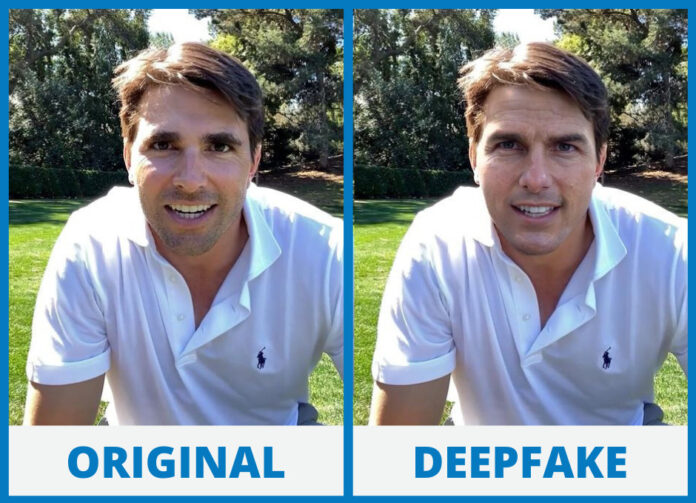By now you have most likely heard of Deepfakes. The term surfaced online around 2017 on Reddit forums where a user mashed up videos of celebrities, mostly to create pornographic content. The general definition is that deepfakes are fabricated or synthesized media that transposes one image over a specific person’s likeness. In simple terms, it means they are manipulated videos that are specifically made to look like the real thing.
A Dangerous Tool In Everyone’s Hands
Although they can be a lot of fun (FaceSwap?), they also have serious dangerous implications. Anyone on the internet could use their social media accounts to slander other people, or worse. They could even use services such as Jaynike to give their YouTube channel a more widespread audience and thus have the ability to do serious damage to someone’s reputation.
Deepfake technology is no longer only limited in use. It used to be that only amateurs had access to this type of technology, but in 2018 a commercial program was developed and launched, and it is available to the general public. Many people have used this application for malicious purposes such as revenge porn, blackmail, and political agendas.
How It Works
To explain it briefly, deepfakes a created by using two programs and setting them up against each other. One program is tasked with creating a ‘fake’ video, and the other must try and figure out if the video is real or fake. This will continue until a video is produced which the second program cannot detect as a forged or manipulated video. The resulting video is almost realistic to the average person. Note that these programs are based on studying the way humans observe and consume media.
The program creating the forged video is an Artificial Neural Network (ANN), meaning it is based on the nervous system of animals (humans in specific). The program reduces the quality of an image until it is simplified. In the case of a human face, the image is simplified to include only the main features of the face, much like taking away the skin and leaving only the underlying bone structure. By superimposing another image on this manipulated one, a more realistic video can be made.
Useful Applications of Deepfakes
As with any technology, we can find useful ways to utilize deepfake technology. It has been used to create art, as well as in movie production. Note that the resulting deepfake video can be of a completely synthesized “person”, and does not necessarily need to resemble someone widely known. It means animated movies can be more realistic, by generating digital actors.
Dangers and Concerns
Recently, a video surfaced online showing a deepfake of Tom Cruise which can be said to be identical to reality. Deepfake technology is advancing, and detecting the truth of videos circulating online is becoming increasingly difficult. People tend towards believing what they see, and even poorly produced deepfakes have a large impact.
The technology has been used in blackmail, fraud, and slander, among other ill-willed intentions. Because they are so hard to detect, their effect on public opinion is generally considered identical. As more and more people are using online services for meetings and other official purposes, the use of deepfakes online could have serious effects. The worst effect deepfakes have is political. A single video supposedly uploaded by a political leader can lead to unrest in a country, all from a fake video that was perceived to be real.
Deepfake technology is a dangerous tool that is advancing day by day. The public must beware of fabricated videos to avoid giving them too much power because the impact is enormous.


